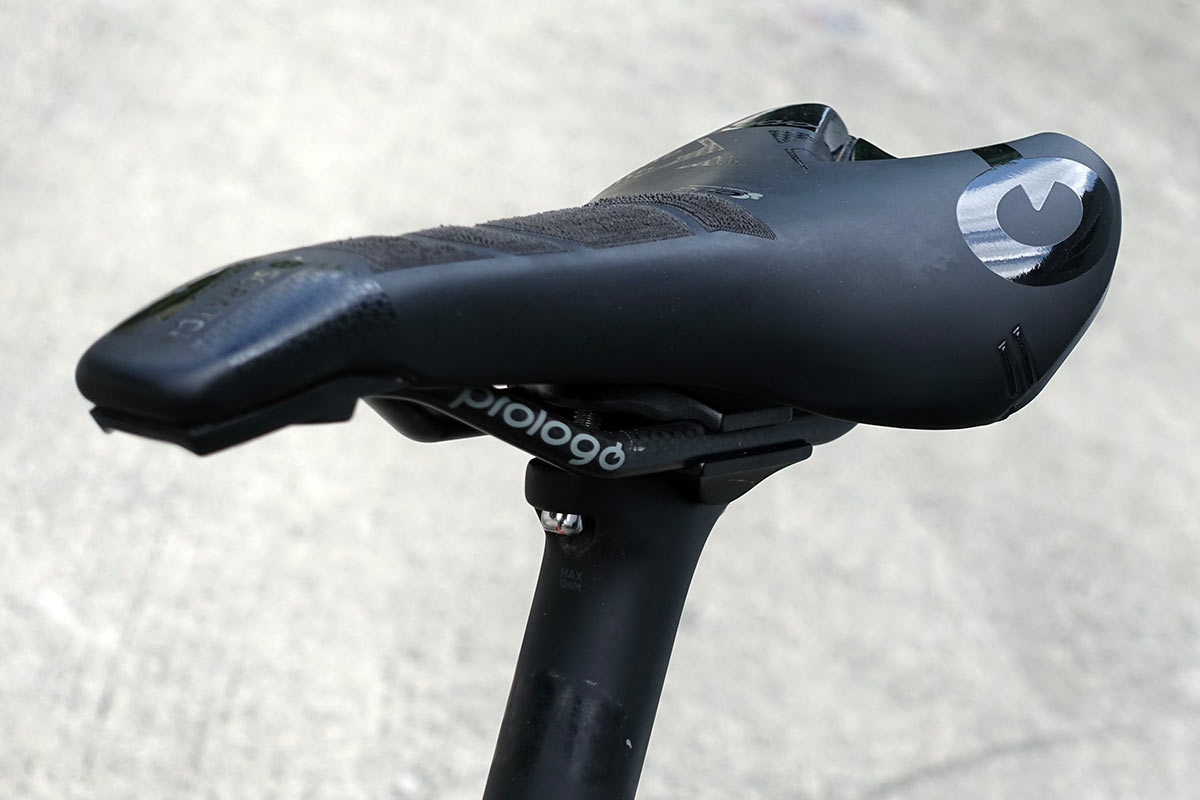Ever wonder what all of the different materials, shapes, sizes and features really do on a saddle? We partnered with Prologo to explain all the features in this five-part video series.
For part three, we talk about the foam that hides under the cover. While it’s not as visible of a ranking as the rails, more than anything else it plays a critical role in how your saddle feels mile after mile, year after year. For most performance saddles, once you get into the realm of a good aftermarket saddle, the quality of foam isn’t so much the differentiator as is the intended use and type of rider.
For most roadies, high end saddles are going to have a firmer foam to help keep you in place since you spend most of your time seated. As you move toward gravel, adventure and mountain biking, things will get softer, and probably thicker, to help absorb some of the bumps and vibrations (and we’ll dive into that deeper in Part 4). Prologo’s saddles, as well as some other brands, use zone-specific foam densities, putting a firmer foam underneath your sit bones, and less dense, more compliant foams in the middle and front to better cushion your soft spots and sensitive areas.
Check out the other Saddle Overview Series videos here:
- Part One: Do I really need carbon rails?
- Part Two: What about a carbon shell?
- Part Three: What do I need to know about the foam?
- Part Four: Road vs MTB saddles
- Part Five: What’s the best saddle shape for me?
Huge thanks to Prologo for supporting this series. Prologo makes a massive range of saddles, with different shapes, widths, curvatures and features to fit every rider and every budget. Check them out next time you’re looking to upgrade. And be sure to subscribe to Bikerumor’s YouTube channel so you won’t miss a single episode!
